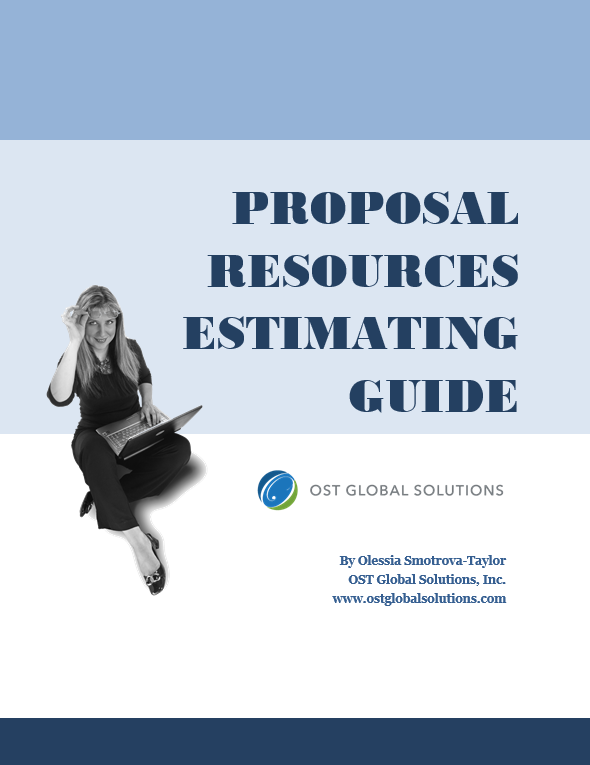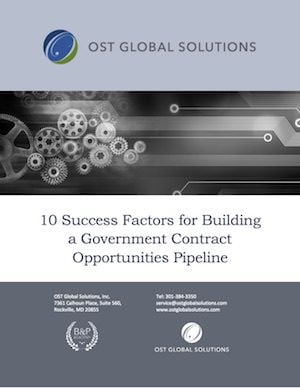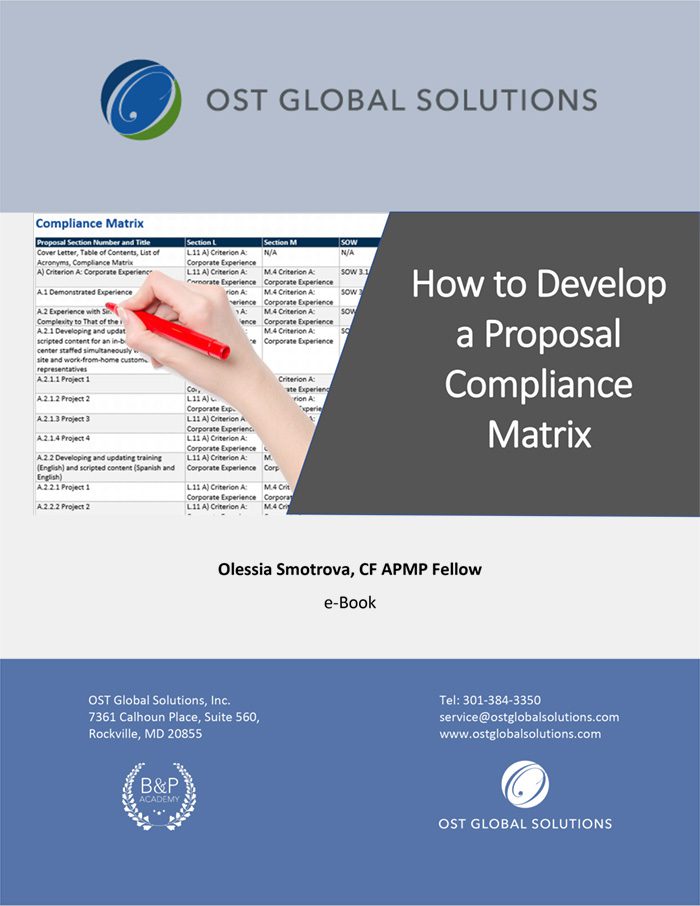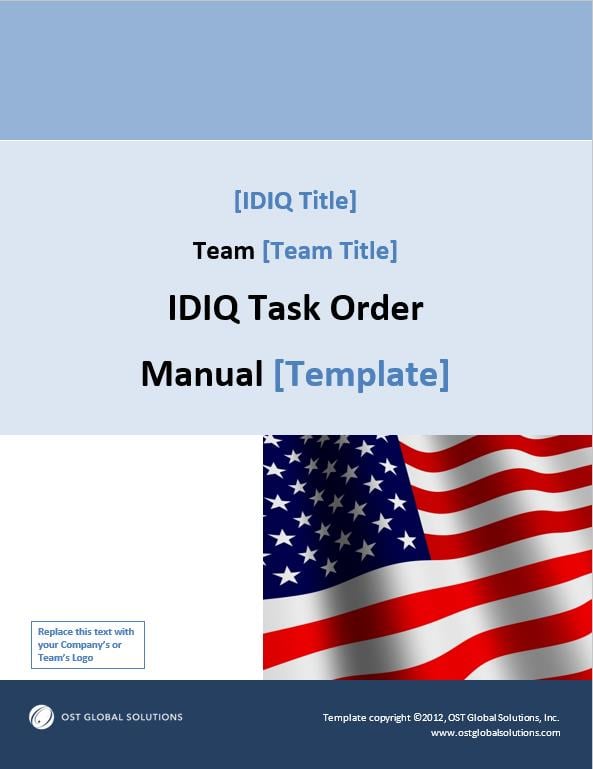Description
For many, proposal estimating is full of guesswork:
- How do you know how many hours it would take you to develop a quality proposal?
- How do you know if an estimate is reasonable or unreasonable?
- How do you make sure that you are not set up for failure with an estimate that is entirely too low, or how do you know if you are wasting money on a proposal and jeopardizing your Return on Investment (ROI)?
Our guide is a handy reference to help you plan and track proposal resources with confidence.
This guide is for:
- Capture and proposal managers who are: 1) tracking how many hours proposal team members (including consultants) charge to the pursuit so they can gauge the proposal resources’ productivity, and measure performance; 2) developing a proposal budget to get the right amount of money and personnel allocated by their management; it is useful when seeking better support from the management to prevent burnout and avoid being set up for failure due to lack of resources.
- Proposal consultants bidding on a specific job, trying to develop a realistic estimate that’s attractive to both the customer and the consultants.
- Proposal writers planning the length of time it would take to develop the final product.
- Business owners and department heads planning budgets for the business development efforts and making educated bid-no-bid decisions, to determine whether they want to spend their valuable resources to prepare a proposal (and do it right, so that they are playing to win) – or spend the money elsewhere.
This guide is what OST Global Solutions uses internally to estimate our efforts and create consulting proposals to our customers. It came from years of collecting best practices and metrics, and vetting this information by the proposal field’s leading professionals to ensure accuracy.
This guide includes:
- Three methodologies for proposal estimating, to “triangulate” a highly realistic estimate that does not lower your proposal ROI.
- Guideline for how long it takes to create different proposal elements that involve technical writing, resume and past performance references development, different types of editing and graphics development, desktop publishing, and production. These charts include the scope for each proposal role, and variables to take into consideration to ensure your estimate is tailored to your specific circumstances.
- Methodology for translating time into dollars, regardless of whether you use internal employees or hire consultants.
- Methodology for tracking the time spent on your proposal, to manage resources to their estimates.
You will get immediate ROI on the very first pursuit where you use this guide, as you will be able to:
- Quickly calculate proposal needs.
- Reduce stress through more realistic resources and schedule.
- Eliminate waste of resources through more careful budget tracking.
- Make better use of your limited resources by deciding to bid (or not) on different proposals.
- And, most importantly, resource your proposals to win.




